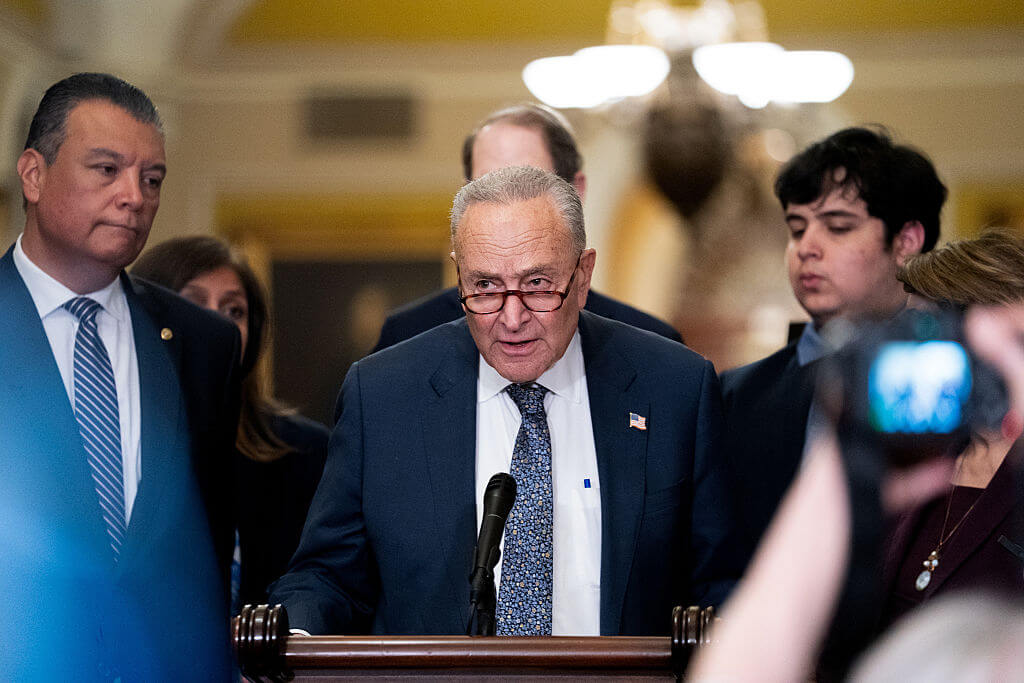The Golden Calf as a Symbol Of Desire for a Knowable God
‘This is your god, O Israel, who brought you out of the land of Egypt.” (Exodus 32:4)
The people couldn’t have been so blind as to believe that the statue that Aaron had just made right before their eyes was their God. All the Israelites, even women, children and infants in arms, had just, unforgettably, seen God three months earlier when they crossed the Sea of Reeds, and they knew the difference between God and a god.
It wasn’t God they had lost confidence in, but Moses, God’s representative in their midst. He had been gone almost 40 days and 40 nights. Now they wanted an icon, a statue, an inanimate representation of God to give them confidence, His prophet being absent. “Give us a god to go before us,” they said, “for we don’t know what has come of this man Moses.” (Exodus 32:1)
How were they to know that they were prohibited from worshiping other gods than Yahweh, even from representing Him by means of icons or statues? Moses hadn’t come down from the mountain and hadn’t yet taught them the Torah. They had never heard the second commandment, prohibiting graven images, for at the moment of the great theophany six weeks earlier, they had simply fainted away, as it is said: “My soul fled at the sound of His voice.” (Song of Songs 5:6)
If what they had wanted was a replacement for God, Aaron would never have gone along and made the calf. But Aaron was a practical priest, selected from the first to be a negotiator and mediator. Moses’ speech defect had nothing to do with it; in fact, it wasn’t literally a speech defect since the biblical expression “heavy of mouth, heavy of tongue” is a metaphor for the impediment in Moses’ ability to communicate with other people due to the absolute nature of his faith. He had spoken with God at the burning bush, his commitment was total, inhuman — even he couldn’t expect others to rise to his level of absoluteness. Aaron, too, believed, but he believed as ordinary people believe — imperfectly, with sympathy for the not-fully-committed, with room for compromise. Aaron sensed that making the calf was not completely in the spirit of his charge, but he didn’t think it was wrong in principle or a violation of Yahweh’s unique status as the only object of worship, since the statue was only for the sake of morale; it would be Yahweh the people would worship. As soon as the calf was finished, Aaron tried to make sure there would be no misunderstanding by crying, “Tomorrow is a festival to God.” (Exodus 32:5)
Aaron’s main strategy to avert misunderstanding was to have made the idol a calf instead of a bull: not a godlike animal figure, powerful, dangerous and visibly potent, like the ordinary representation of the Canaanite deity Ba’al, but a calf — a sweet little thing, a mascot, almost a pet — something that would seem in need of the people’s care as much as something that could care for the people. Aaron’s calf was a god the people could identify with, a god that reminded them of themselves, a vulnerable, comfortable, available god, rather than Moses’ difficult, remote, normally invisible God hidden behind the clouds on Sinai.
A miscalculation. The soft god that reminded them of themselves was such a relief from the demanding God of Sinai, with His thundering voice and His scowling prophet, that they fell in love with it at first sight, fell to their knees, and worshiped it. They knew it wasn’t God, but they worshiped it all the same, for it was helpless like them, and cute, a god on their own scale and to their own measure, who told them that they were all right as they were — a god whose vulnerability enhanced their self-esteem. It was a god who mirrored themselves, not the absolute God mirrored by Moses’ absolute faith.
Moses would strive with the people for 39 more years and would win them back repeatedly to his absolute God, but no matter how many times they were won back, never again would they feel the spontaneous joy, the simple pious pleasure, that they felt that day in the presence of the golden calf.
Raymond P. Scheindlin is professor of medieval Hebrew literature at the Jewish Theological Seminary of America.
















